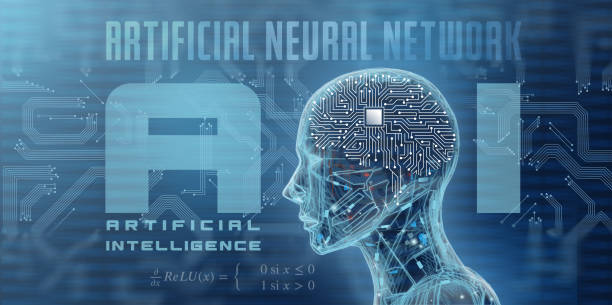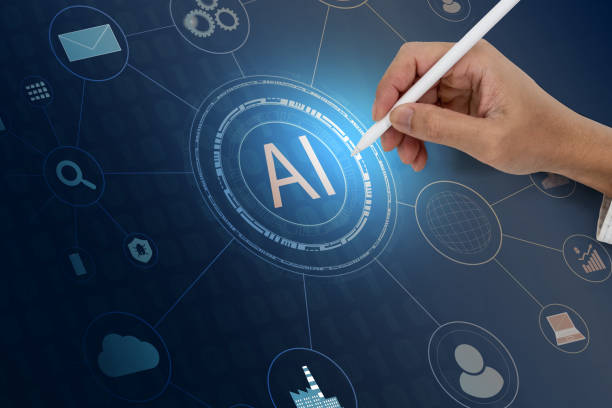What is an Artificial Intelligence Robot and How Does it Work?
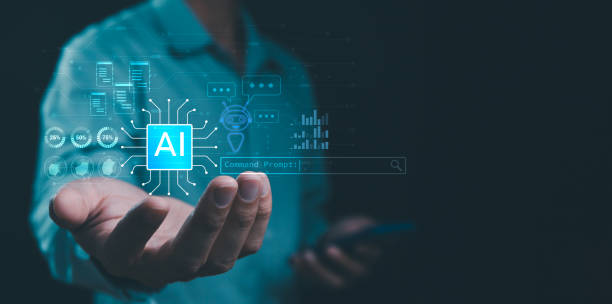
#Artificial Intelligence Robot is a combination of two important areas of #technology: robotics and artificial intelligence [Artificial Intelligence].
Simply put, an AI robot is a physical machine that, using artificial intelligence algorithms, is capable of performing tasks that typically require human intelligence.
These tasks include learning, problem-solving, decision-making, pattern recognition, and natural language understanding.
AI robots use sensors to collect information from their surroundings.
This information is sent to a central processing unit, where AI algorithms analyze it and make necessary decisions.
Then, these decisions are sent to actuators so that the robot can perform the desired action.
For example, an AI robot used on a factory production line can use cameras and other sensors to detect defective parts and remove them from the production line.
Or an AI robot used as a personal assistant at home can use microphones and speakers to receive and execute the user’s voice commands.
AI robots have applications in various fields such as industry, medicine, agriculture, services, and education.
Does your current website properly showcase your brand’s credibility, or does it drive potential customers away?
Rasawep, with years of experience in designing professional corporate websites, is your comprehensive solution.
✅ A modern, beautiful website tailored to your brand’s identity
✅ A significant increase in lead generation and new customers
⚡ Contact Rasawep now for a free corporate website design consultation!
Main Components of an Artificial Intelligence Robot
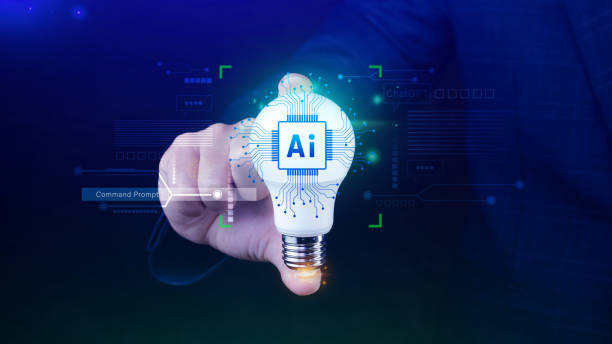
An AI robot typically consists of several main components:
- Sensors Sensors are devices that collect information from the environment.
There are different types of sensors, including cameras, microphones, temperature sensors, pressure sensors, and proximity sensors. - Processor The processor is the brain of the robot.
The processor’s job is to analyze the information collected by the sensors and make decisions about how the robot should function. - Artificial Intelligence Algorithms Artificial intelligence algorithms are a set of instructions that tell the processor how to analyze information and make decisions.
There are different types of artificial intelligence algorithms, including machine learning, neural networks, and natural language processing. - Actuators Actuators are devices that allow the robot to act in its environment.
There are different types of actuators, including motors, arms, and wheels. - Power Source The power source provides the energy needed for the robot to function.
Interaction and coordination between these components allow the AI robot to operate independently and perform complex tasks.
Types of Artificial Intelligence Robots
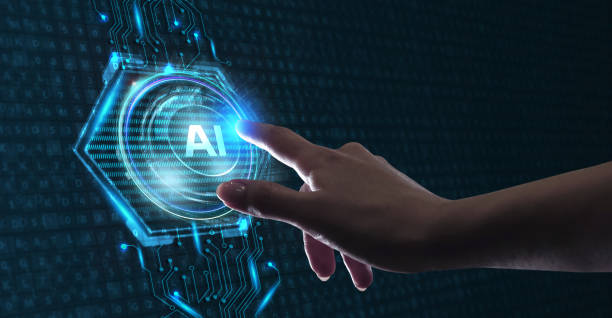
AI robots are categorized based on application, type of sensors and actuators, and level of intelligence.
Some common types include:
- Industrial Robots These robots are used in factories to perform repetitive and dangerous tasks.
- Service Robots These robots are used in homes, hospitals, and stores to provide services to humans.
- Medical Robots These robots are used in surgery, rehabilitation, and patient care.
- Military Robots These robots are used in war, reconnaissance, and bomb disposal.
- Space Robots These robots are used in space exploration, satellite repair, and space station construction.
Choosing the right type of #AI_Robot depends on the specific needs and requirements of each application.
| Robot Type | Application | Example |
|---|---|---|
| Industrial | Performing repetitive tasks in a factory | Welding robot on a car production line |
| Service | Providing services to humans | Vacuum cleaner robot at home |
| Medical | Assisting surgeons in the operating room | Da Vinci Surgical Robot |
Applications of Artificial Intelligence Robots

AI robots are currently used in a wide range of industries and applications and have the potential to change the way we live and work.
Some important applications include:
- Automation AI robots can automate repetitive and tedious tasks, leading to increased productivity and reduced costs.
- Healthcare AI robots can assist in surgery, rehabilitation, and patient care.
- Transportation AI robots can create self-driving cars, drones, and intelligent transportation systems.
- Customer Service AI robots can answer customer questions, solve their problems, and provide personalized services.
- Education AI robots can be used as private tutors, teaching assistants, and interactive learning tools.
Also, #AI_Robots are used in fields such as agriculture [agriculture] for automatic harvesting of products and animal husbandry for taking care of animals.
Disappointed with the low conversion rate of your online store? Rasawep transforms your online store into a powerful tool for attracting and converting customers!
✅ Significant increase in visitor-to-buyer conversion rates
✅ An exceptional user experience to increase customer satisfaction and loyalty⚡ Get a free consultation from Rasawep!
Benefits of Using Artificial Intelligence Robots
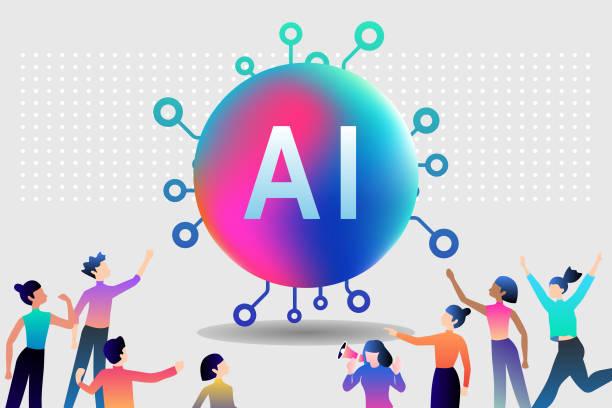
Using AI robots has numerous advantages, including:
- Increased Productivity AI robots can perform tasks faster and more accurately than humans.
- Reduced Costs AI robots can reduce labor, energy, and raw material costs.
- Improved Safety AI robots can perform dangerous tasks without endangering human lives.
- Better Service Delivery AI robots can provide personalized and higher quality services to customers.
- Creating New Opportunities AI robots can create new job opportunities in areas such as robot design, development, and maintenance.
These benefits have made #AI_Robots an essential tool for many organizations and industries.
Challenges Facing the Development of Artificial Intelligence Robots
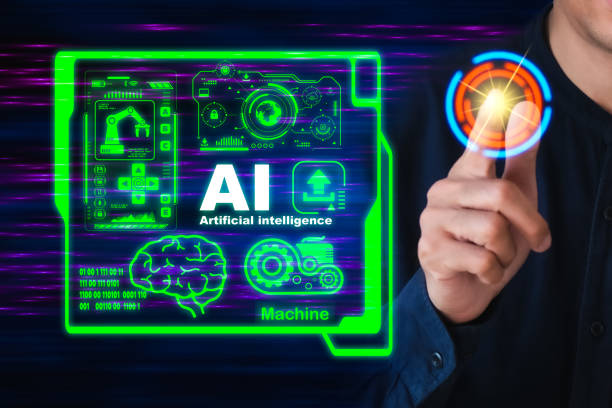
Despite the numerous advantages, the development of AI robots also faces challenges:
- Cost Developing and deploying AI robots can be expensive.
- Complexity Designing and building AI robots requires a high level of expertise and technical knowledge.
- Ethical Concerns The use of AI robots can raise concerns about job losses, privacy, and security.
- Technical Limitations AI robots still have limitations in some areas, such as natural language understanding and solving complex problems.
- Need for Training and Maintenance AI robots require continuous training and maintenance.
Overcoming these challenges requires investment in research and development, the development of ethical regulations, and the training of specialized human resources.
The Future of Artificial Intelligence Robots
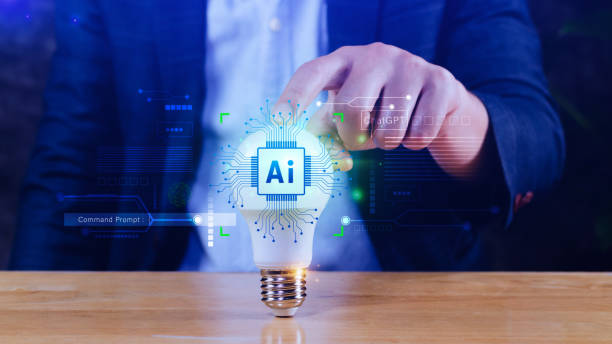
The future of AI robots looks very bright and promising.
Rapid advances in artificial intelligence, robotics, and sensors are making it possible to build robots with far greater capabilities.
It is expected that in the future, AI robots will play a role in all aspects of our lives, from homes and workplaces to hospitals and space.
For example, in the future we may see robots that:
- Drive automatically.
- Help the elderly and disabled.
- Diagnose and treat diseases.
- Help us explore other planets.
- Provide personalized education.
However, to realize this vision, ethical and social challenges related to the use of #AI_Robots must also be addressed.
| Aspect | Prediction |
|---|---|
| Transportation | Self-driving cars will become widespread. |
| Healthcare | Robots will play a greater role in surgery and patient care. |
| Education | Robots will be used as private tutors and teaching assistants. |
How to Build an Artificial Intelligence Robot

Building an AI robot is a complex project that requires knowledge and skills in various fields such as #robotics, #programming, and #artificial_intelligence.
The general steps to build an AI robot are:
- Define the Goal First, you need to specify what you want your robot to do.
- Hardware Design Then you need to design your robot’s hardware.
This includes selecting the appropriate sensors, actuators, processor, and power supply. - Software Writing Then you need to write the software for your robot.
This includes writing AI algorithms, robot control code, and a user interface. - Testing and Evaluation Finally, you need to test your robot and evaluate its performance.
Various tools and programming languages are used to build AI robots, and their selection depends on the type of robot and its application.
Does your current corporate website not reflect the credibility and power of your brand as it should? Rasawep solves this challenge for you with professional corporate website design.
✅ Increase the credibility and trust of visitors
✅ Targetedly attract more customers
⚡ Click to get a free consultation!
Important Points to Consider When Choosing and Buying an Artificial Intelligence Robot
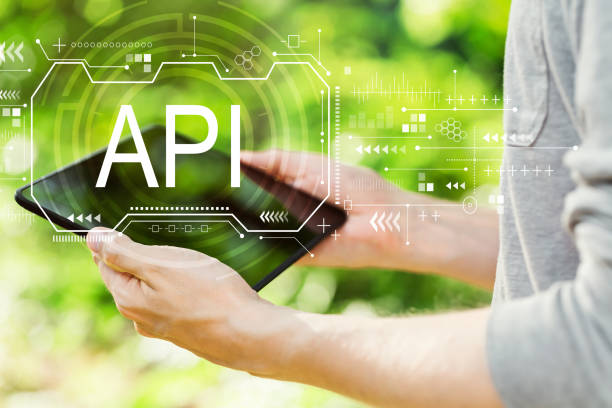
If you are planning to buy an AI robot, you should pay attention to a few important points:
- Determine Needs First, you need to accurately specify your needs.
What types of tasks do you want the robot to perform? What is your budget? - Research and Compare Before buying, research different types of AI robots and compare them with each other.
- Check Technical Specifications Carefully check the robot’s technical specifications, such as the type of sensors, processor, and memory.
- Read User Reviews Read other users’ reviews of different robots.
- Buy from a Reputable Seller Buy your robot from a reputable seller to ensure product quality and warranty.
By considering these points, you can choose an AI robot suitable for your needs.
Ethical and Legal Issues Surrounding Artificial Intelligence Robots

The development and use of AI robots raises important ethical and legal issues.
Some of these issues include:
- Responsibility If an AI robot harms someone, who is responsible?
- Privacy AI robots can collect a lot of information about us.
How can people’s privacy be protected against these robots? - Discrimination AI algorithms may be discriminatory.
How can discrimination in the use of AI robots be prevented? - Job Losses AI robots can replace many jobs.
How can this problem be dealt with? - Security AI robots can be hacked and used for malicious purposes.
How can the security of AI robots be ensured?
Answering these questions requires discussion and exchange of views between experts, policymakers, and the public.
Developing appropriate laws and regulations can help ensure responsible and safe use of #AI_Robots.
Frequently Asked Questions
| Row | Question | Answer |
|---|---|---|
| 1 | What is an Artificial Intelligence Robot? | An AI robot is a machine capable of understanding, reasoning, learning, and problem-solving, and can perform complex tasks with relative autonomy. |
| 2 | What are the most important applications of AI robots? | Main applications include industrial production, customer service (chatbots), medicine and surgery, self-driving transportation, space exploration, and military affairs. |
| 3 | What is the main difference between an AI robot and a regular robot? | A regular robot only follows programmed instructions, while an AI robot can learn from data, make decisions, and adapt to new environments. |
| 4 | How do AI robots learn? | They learn through machine learning algorithms (such as deep learning, reinforcement learning) and processing vast amounts of data, identifying patterns, and improving their performance. |
| 5 | Can AI robots have emotions? | Currently, AI robots do not have real emotions in the human sense. They can mimic or recognize emotions, but do not understand or experience them. |
| 6 | What are the current limitations of AI robots? | Limitations include the need for large amounts of data, the inability to understand abstract concepts, lack of true creativity, ethical issues, and challenges of generalizability in new environments. |
| 7 | What is the role of AI in the development of Humanoid robots? | AI helps humanoid robots to walk, maintain balance, understand their surroundings, interact with humans, and perform complex tasks. |
| 8 | How is the future of AI robots predicted? | AI robots are predicted to become smarter, more autonomous, and capable of performing more complex tasks in everyday life and industry, and their interaction with humans will increase. |
| 9 | Can AI robots replace all human jobs? | It is unlikely that all human jobs will be replaced. Robots will take over many repetitive and dangerous tasks, but jobs that require creativity, empathy, and ethical judgment will remain. |
| 10 | What ethical and social challenges arise with the expansion of AI robots? | Challenges include issues related to privacy, data security, ethical decision-making by robots, impact on employment, and accountability in case of errors. |
And other services of Rasa Web Advertising Agency in the field of advertising
Intelligent Digital Advertising: A new service to increase website visits through a SEO-driven content strategy.
Intelligent Customer Journey Map: A combination of creativity and technology to analyze customer behavior by customizing the user experience.
Intelligent Conversion Rate Optimization: A creative platform to improve click-through rates with custom programming.
Intelligent SEO: Transform click-through rates with the help of attractive user interface design.
Intelligent Content Strategy: A creative platform to improve the analysis of customer behavior with marketing automation.
And more than a hundred other services in the field of internet advertising, advertising consulting and organizational solutions
Internet Advertising | Advertising Strategy | Advertorial
Resources
Applications of Smart Robots in Today’s World
,The Future of Artificial Intelligence Robots
,Smart Robots Advantages and Disadvantages
,Home Robots
? Are you ready to take your business to new heights in the digital world? Rasaweb Afarin, a leading digital marketing agency, specializes in search engine optimization (SEO), content marketing, and responsive website design, offering innovative and comprehensive solutions for your growth and visibility. We help you achieve your business goals and stay ahead of your competitors with a strong and influential online presence.
📍 Tehran, Mirdamad Street, next to the Central Bank, South Kazerun Alley, Ramin Alley No. 6

